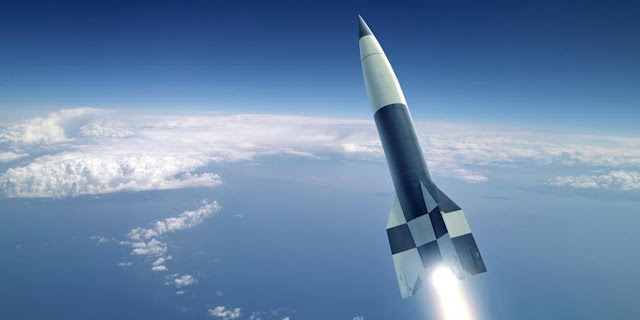Space Rocket Project I. What?
To start having some of the Earth's entrance noticeable effect is around 120 km (75 miles) above the MSL(Mean Sea Level). So, even being at the start of the Mesosphere you will have about more 900km (559 miles) to start saying: - I went to the Exosphere (more 9,100 km or 5,654 miles to the real open space).
Mission I
1. Reach open space and safely return to the destination point.
2. Save all the five cameras footage, sounds, GPS and other navigation and scientific data.
3. Transmit the entire mission via radio waves to a designed ground station during the entire operation.
I will not give all the specifications here since this is not an open project.
Mission I
1. Reach open space and safely return to the destination point.
2. Save all the five cameras footage, sounds, GPS and other navigation and scientific data.
3. Transmit the entire mission via radio waves to a designed ground station during the entire operation.
I will not give all the specifications here since this is not an open project.
Please Advise: The measures here can variate to more or less ∓ 8 km (5 miles).
Just for the record: The ISS is about 480 km (298 miles) from the MSL (Mesosphere) - we want to go further.
The Rocket Unit was designed to last and it is 1.35 m (4.43 ft) high, weighs 15.75 kg (35.72 pounds) 92% of it made of solid rocket fuel. We have 5 stages:
S1 - Thermic and Impact Shielding, Humidity System, Pressure System, Gyroscopes, Cameras, Electronic Boards (including Arduino), Measurement Units, Receivers and Transceivers.
S2 - Rotor Station. Holds the launch 3 balloons hatches and keeps the 3 internal blades to be used as speed-breaks (auto-rotation) at the pre-final descent (about 183 thousand feet MSL).
S3 - Return Fuel Station
S4 - Main Fuel Station
S5 - Variable Nozzle Engine and 3 Retractable Landing Legs (Gears).
The Mission Steps
1. Maximum of 56 km (35 miles) can be done using a balloon base to carry the rocket - almost half of the way to get rid of the Earth's strong gravity pool.
2. When one or more of the Climb 3 Balloons explode, the rocket will release the balloons strips and start the engine.
3. The gyroscope (inertial), the Arduino and a variable nozzle engine will keep the rocket leveled at 80-90 degrees ascending path.
4. Broadcast using Arduino: Five cameras/sound image inputs, GPS, inside temperature, outside temperature, climb and velocity, gyros and altitude (barometric) information.
5. Control the rocket's systems station temperature and humidity.
6. If losing the Earth's gravity noticeable effects, slowly adjust the engine to idle. Keep course and velocity.
7. The system will guide the rocket as far as the main solid rocket fuel tank is near 5% or there is a "signal lost" input. It will stabilize at the position with available signal till the main fuel is empty.
8. If Main Fuel over. Switch to Back Course, make 180 degrees turn and start the return to target.
9. If return pattern equals to "established" - undo 180 degrees turn and prepare re-entrance engine thrust.
10. Keep descend pattern and maximum velocity using the engine thrust.
11. From 80 km to 50 km (31 miles) the internal blades will lock out, start rotating to decrease the descent and the main engine necessary power and fuel consumption.
12. Land at the established target position: Stabilize, smooth 10 meters descent, open landing gears.
13. Landing Gears Touch Sensors: Retreat Rotors, Shutdown Engines and Systems.


Comments
Post a Comment
Please leave your comment! It will always be interesting!